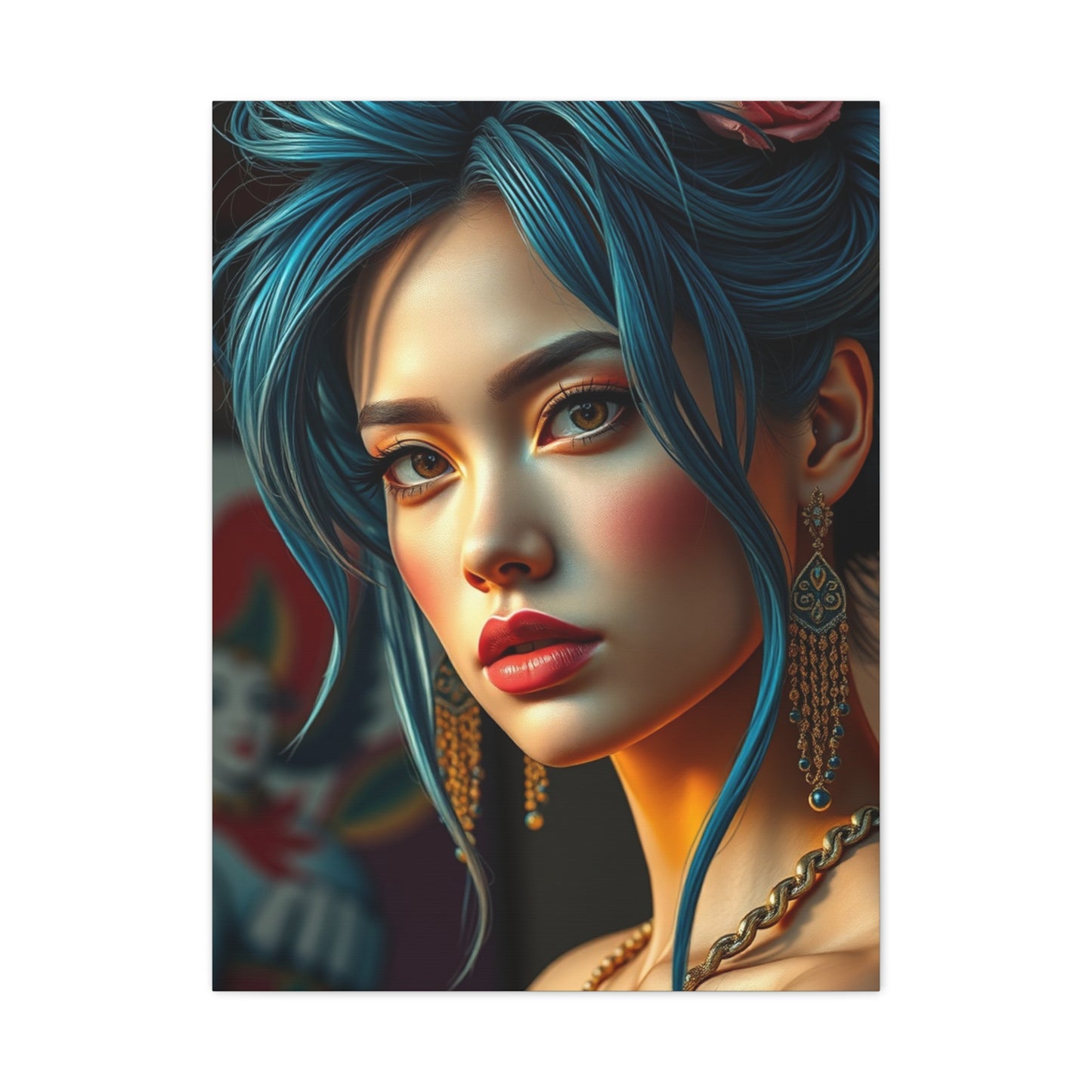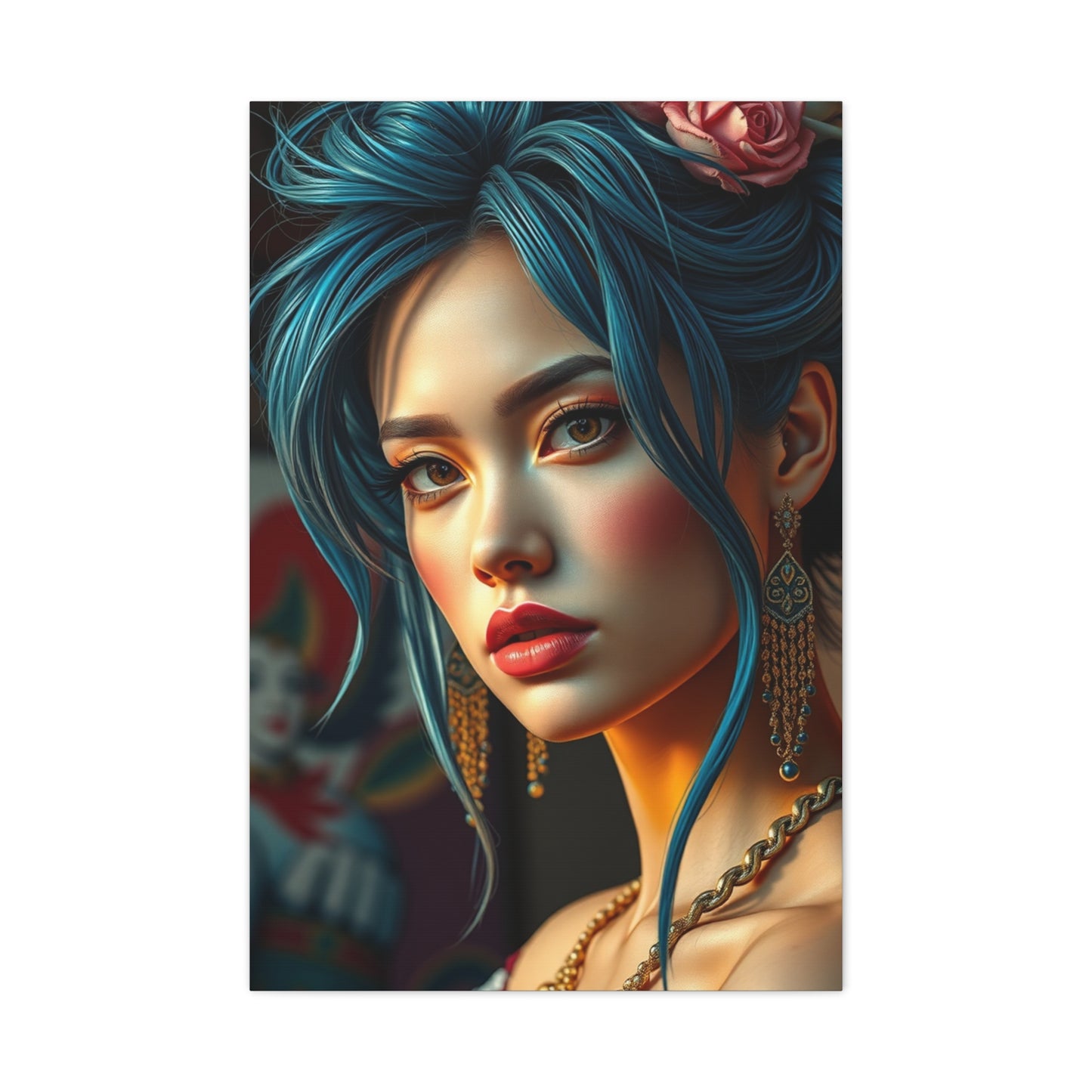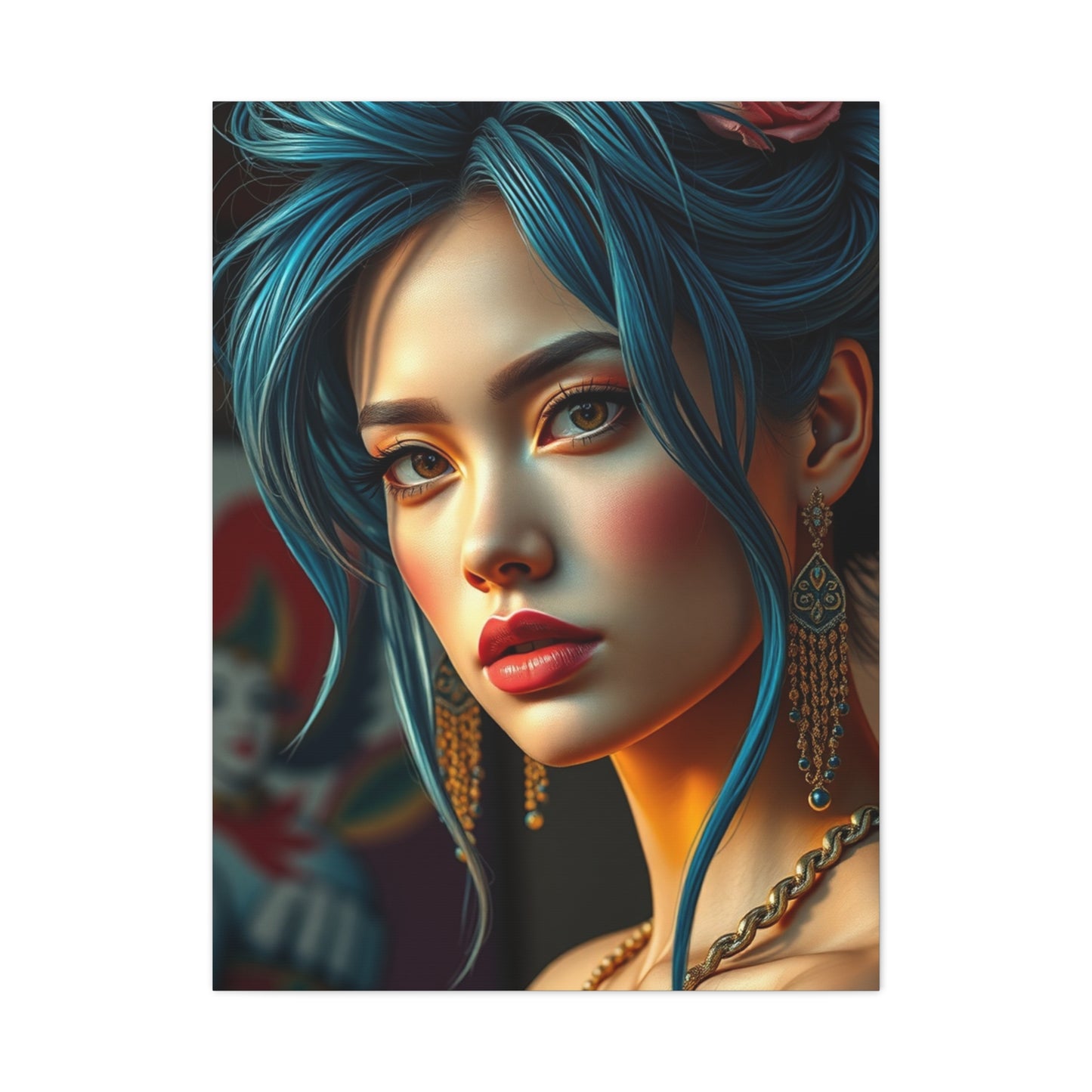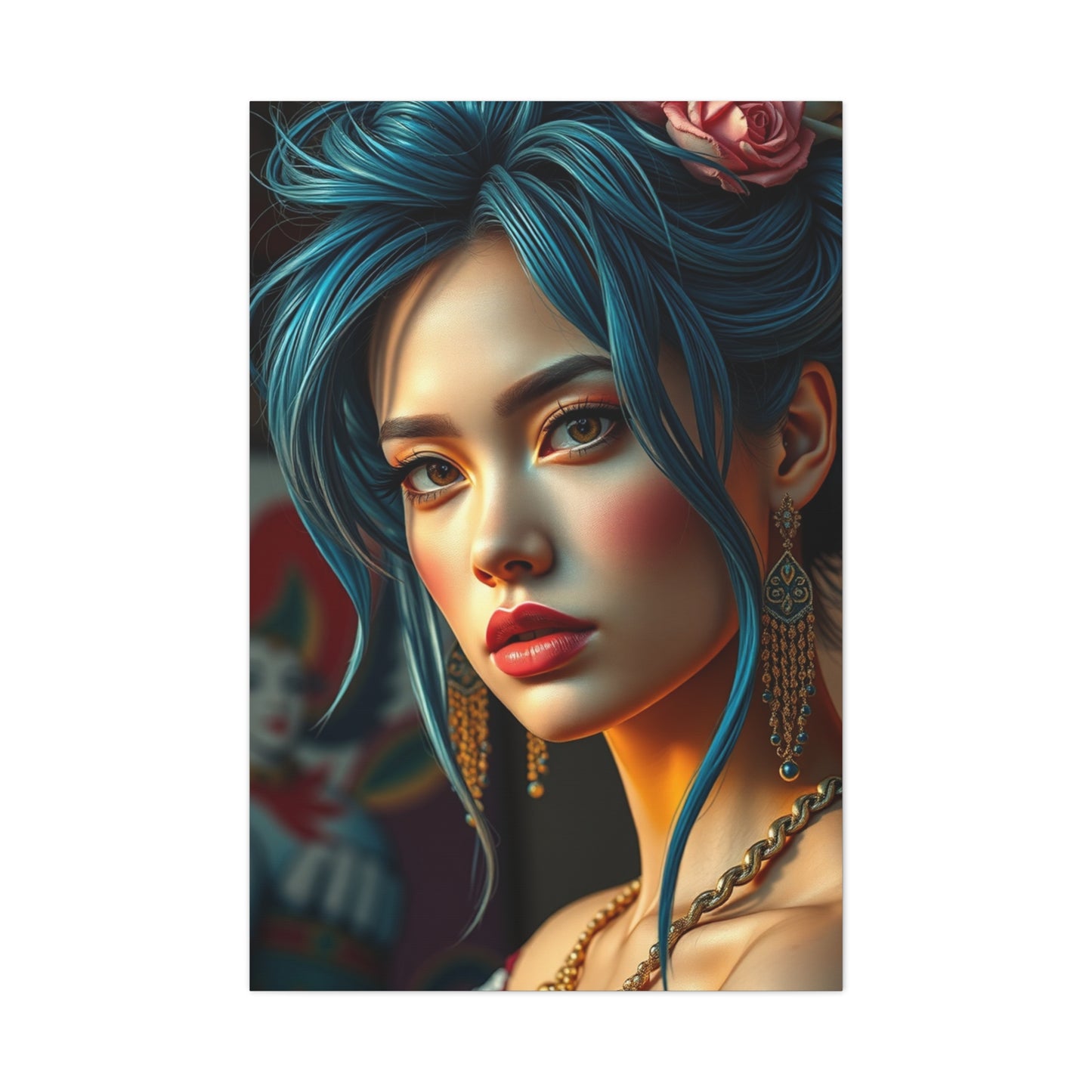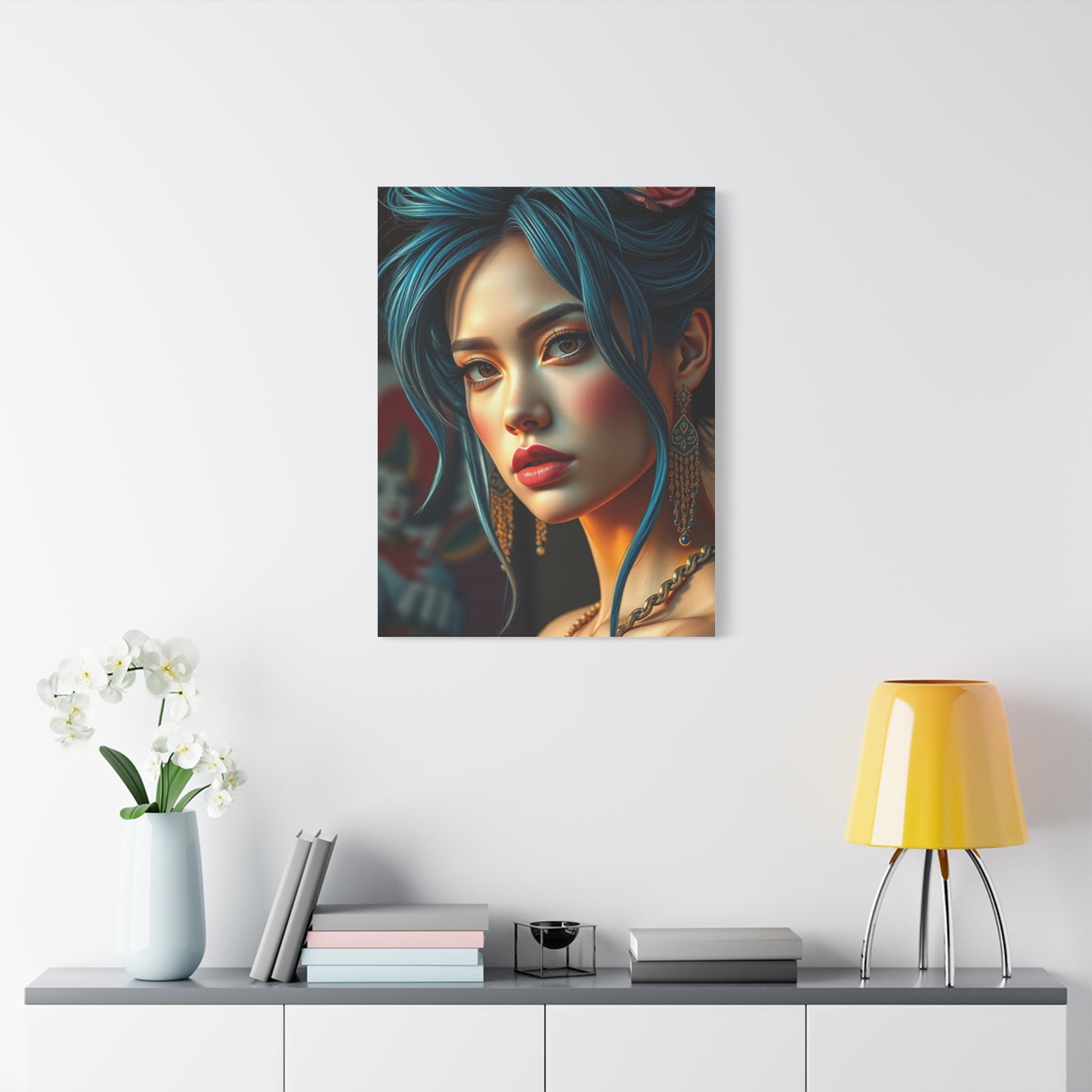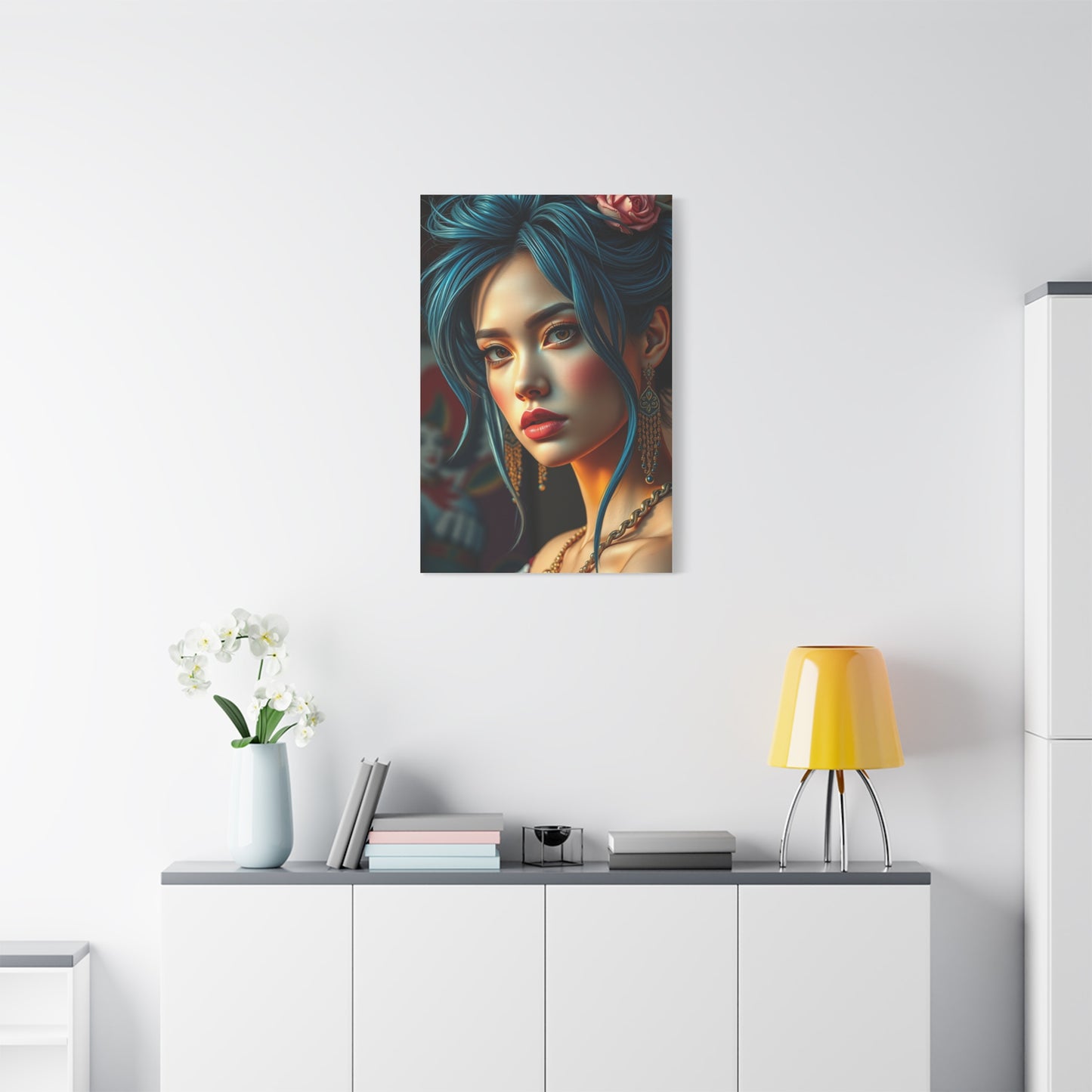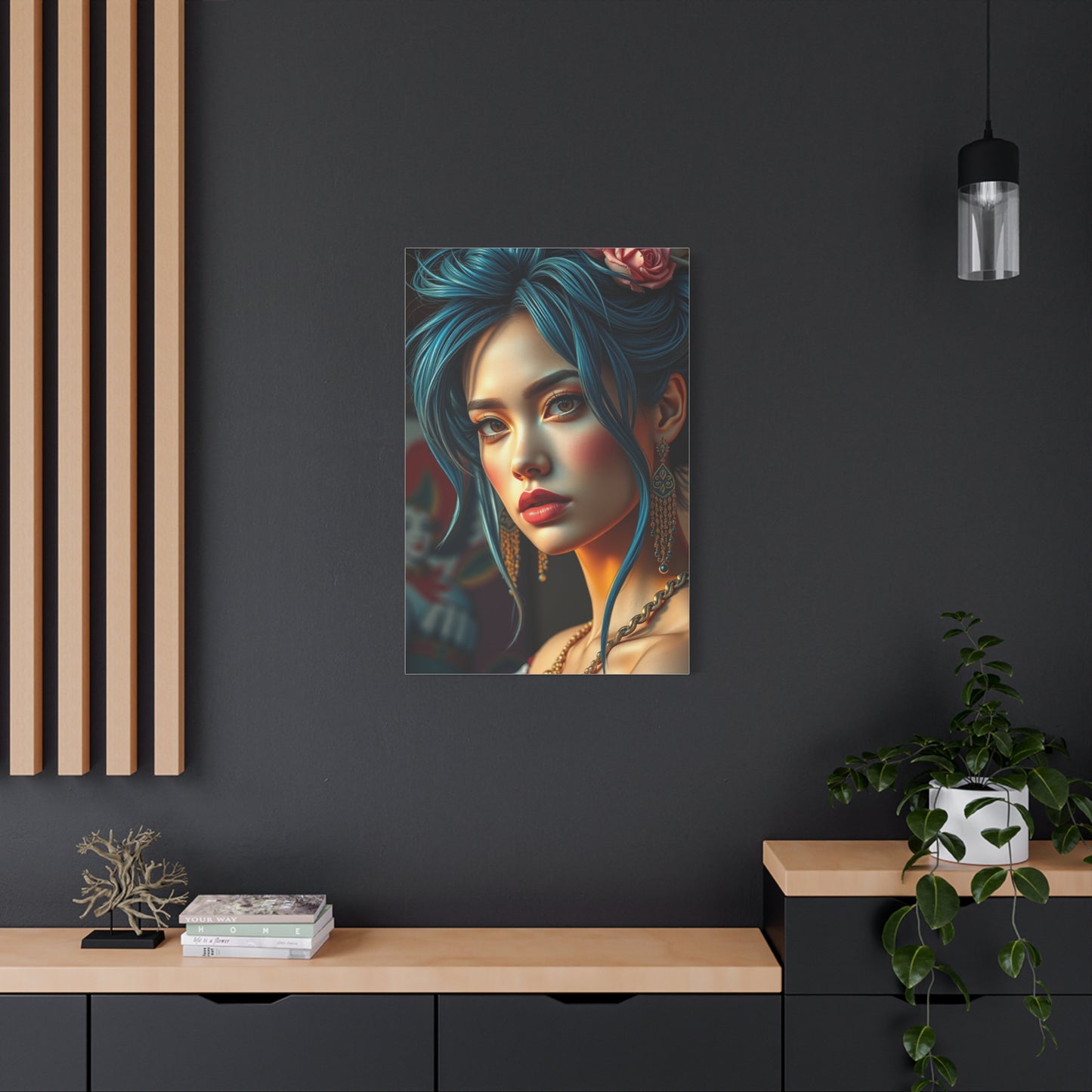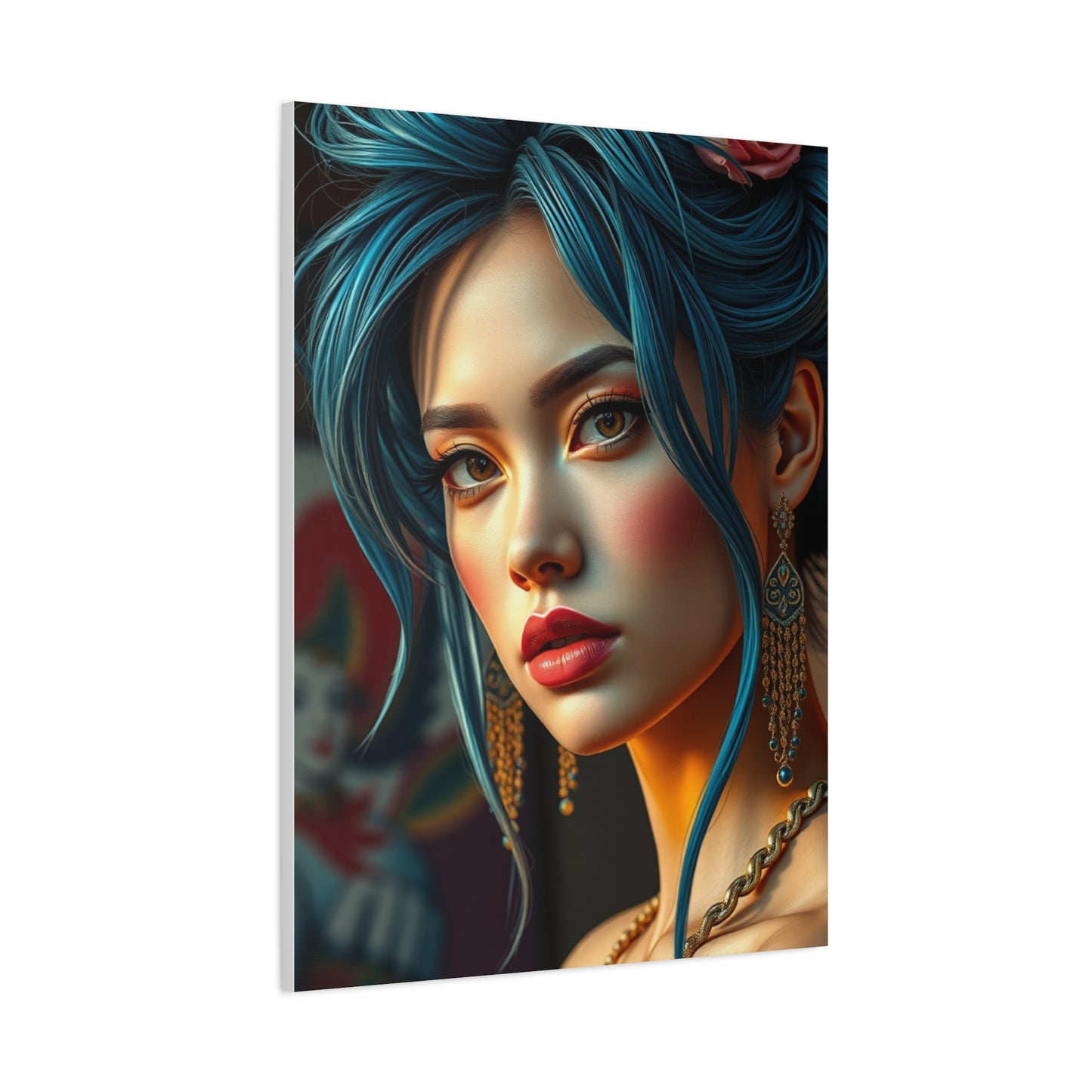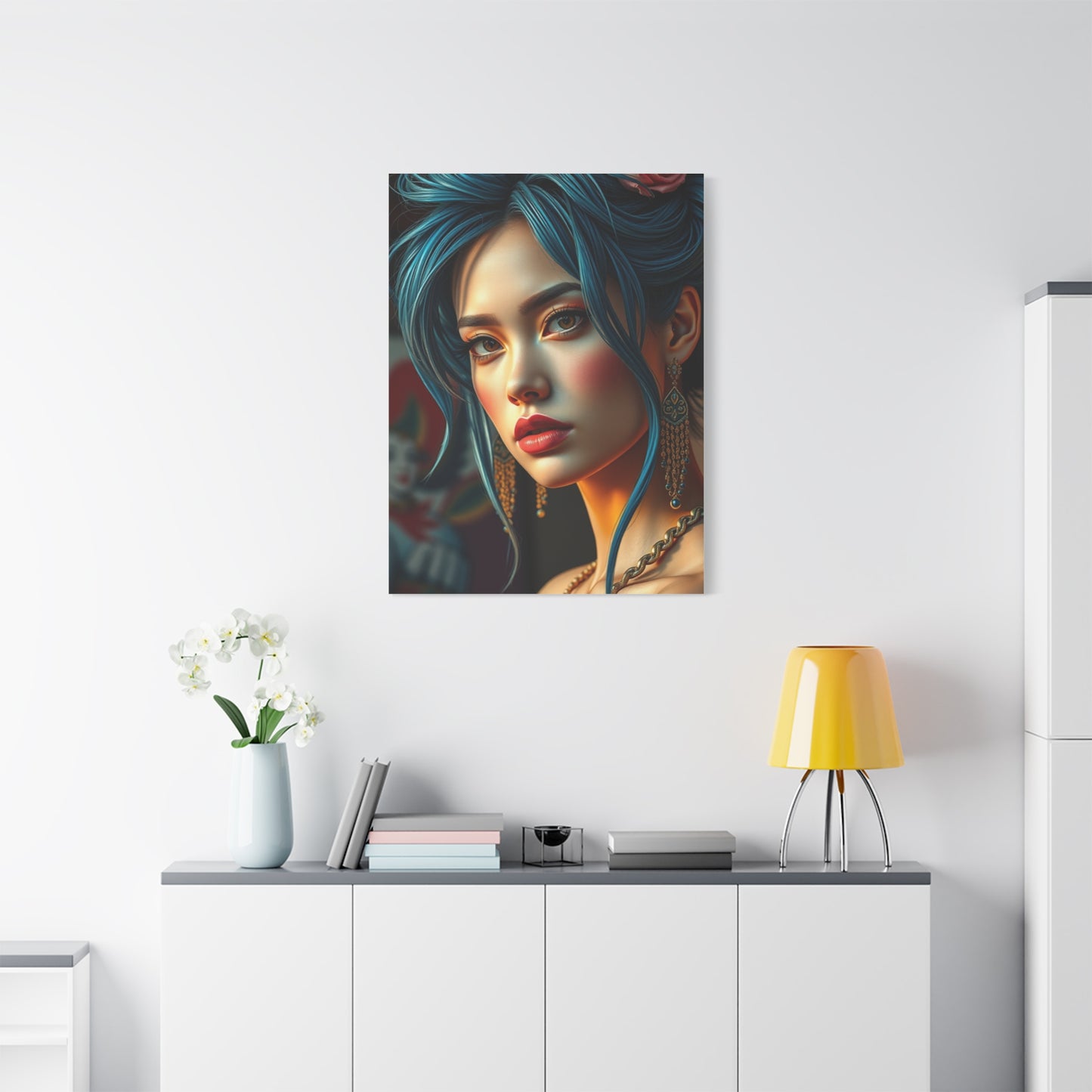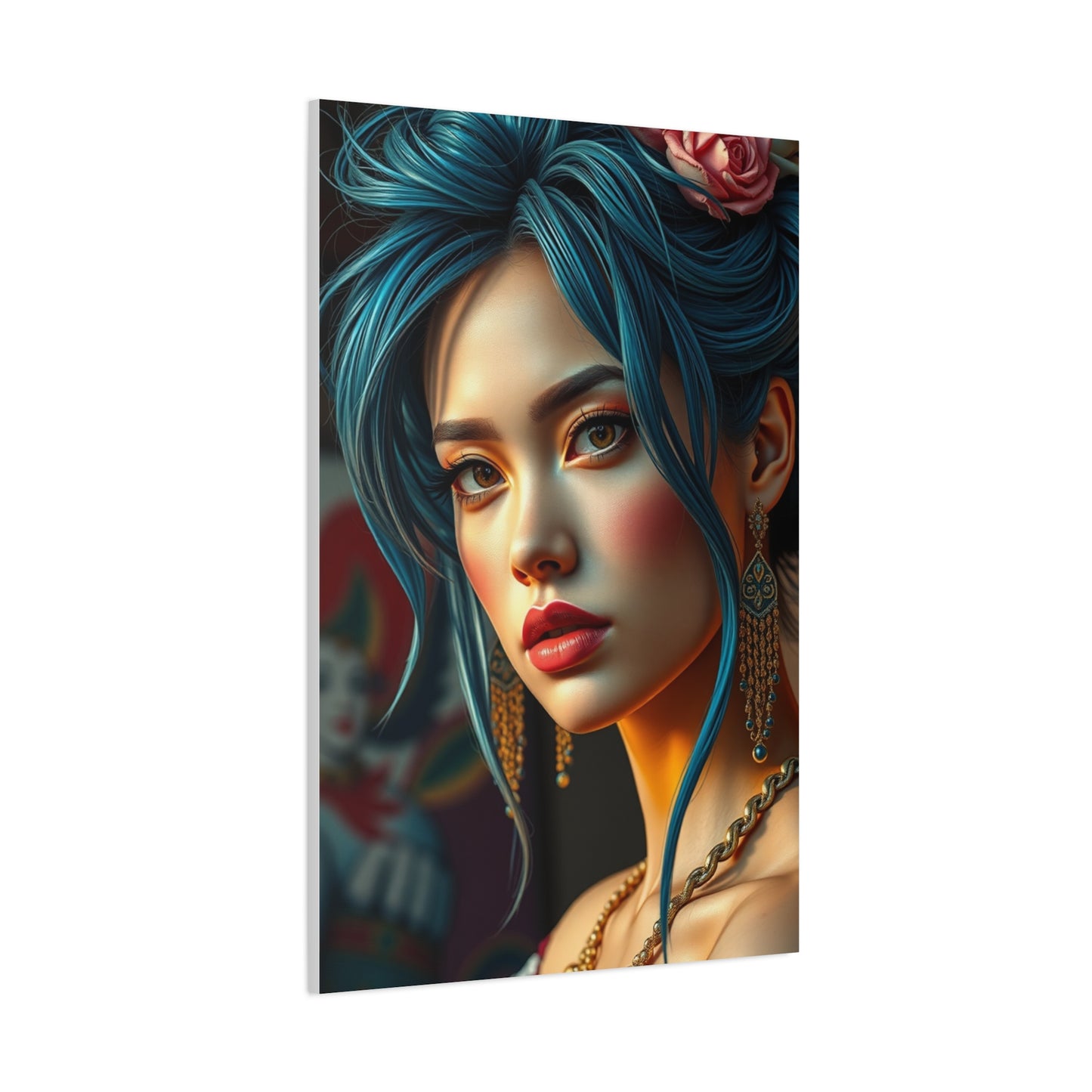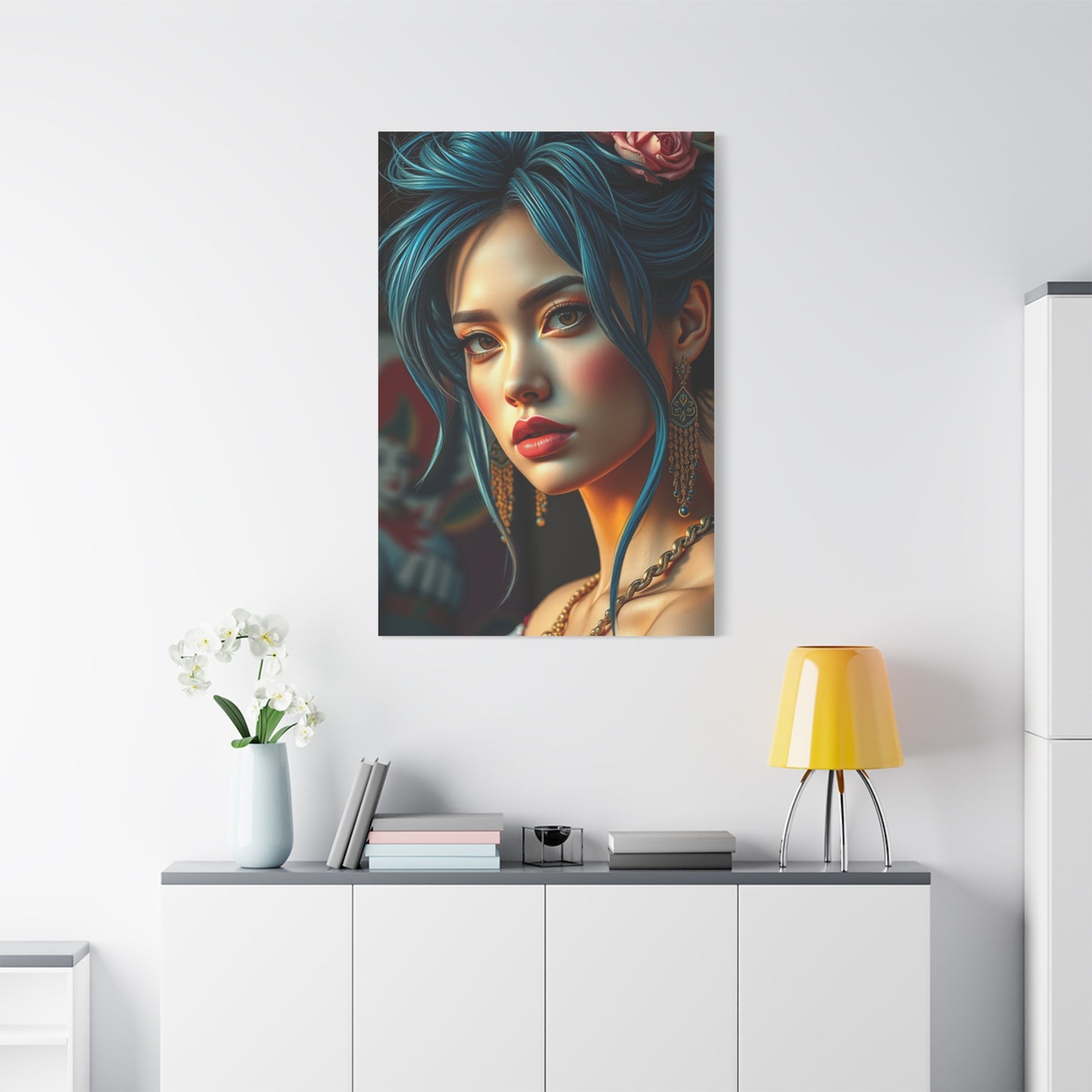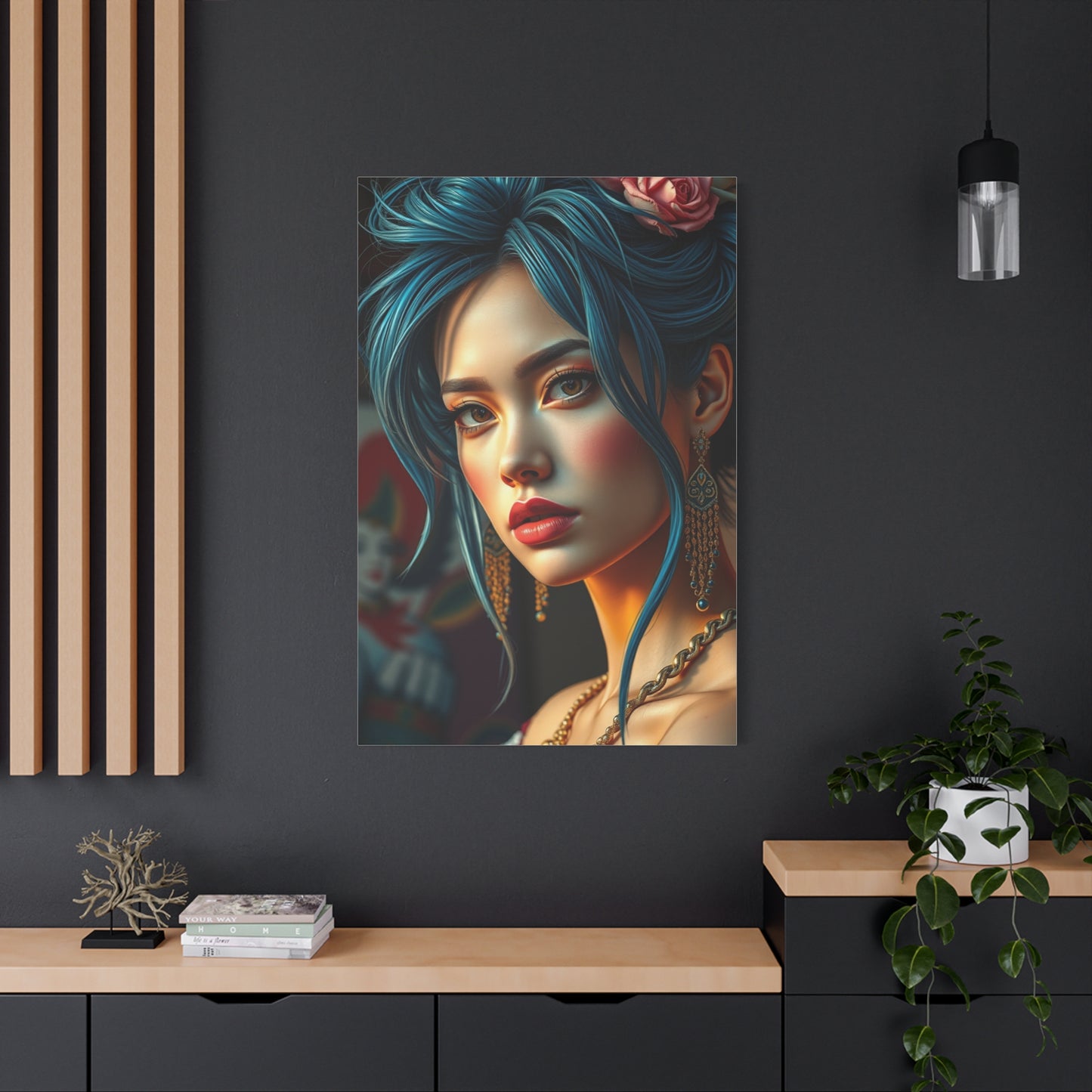Transforming Your Spaces with Horizon artistry Wall Art: A Stylish Interior Design Revolution
Horizon wall art represents one of the most transformative approaches to interior decoration that homeowners and design enthusiasts have embraced in recent years. The concept of incorporating expansive views and panoramic perspectives into residential and commercial spaces has revolutionized how people think about their walls. Rather than viewing them as blank canvases awaiting traditional artwork, forward-thinking decorators now recognize them as opportunities to introduce depth, tranquility, and sophisticated visual narratives into every room.
The fundamental appeal of horizon imagery lies in its universal ability to evoke emotional responses and create psychological shifts in how we perceive our environments. Whether you're gazing at a distant seascape, rolling mountains, or an urban skyline, these compositions invite the viewer's mind to travel beyond the confines of their physical space. This phenomenon has made horizon-based wall pieces increasingly popular among interior designers, architects, and homeowners seeking to elevate their aesthetic sensibilities while maintaining a sense of calm and contemplation within their living areas.
The strategic placement of horizon artwork can completely transform the atmosphere of a room, turning ordinary spaces into galleries of visual interest. Unlike conventional wall decorations that serve primarily as ornamental elements, these pieces function as active participants in establishing the overall mood and design coherence of an interior environment. They work particularly well because they complement rather than compete with existing furnishings, creating a harmonious balance that allows other design elements to coexist peacefully within the same spatial context.
Understanding the multifaceted nature of horizon wall art requires examining how different styles, color palettes, and compositional approaches can address various design challenges and aesthetic preferences. Each individual space presents unique opportunities and constraints that demand thoughtful consideration. The most successful interior transformations occur when decorators carefully evaluate their room's dimensions, lighting conditions, existing color schemes, and functional purposes before selecting specific pieces that will contribute meaningfully to their design vision.
Sophisticated Aesthetics in Horizon Canvas Prints
Canvas prints featuring horizon themes have emerged as the preferred medium for discerning decorators who appreciate the intersection of quality craftsmanship and artistic expression. The selection of canvas as the presentation surface brings particular advantages that distinguish these pieces from other wall decoration options. Canvas possesses inherent qualities that allow it to diffuse light naturally, creating a subtle luminescence that enhances the depth and dimension of the artwork without introducing glare or reflective surfaces that might distract from the composition.
The manufacturing process behind high-quality horizon canvas prints involves sophisticated techniques that ensure color accuracy, longevity, and resistance to fading over extended periods. Modern printing technologies have made it possible to reproduce artistic visions with remarkable precision, capturing nuances of tone and texture that might otherwise be lost in reproduction. Professional-grade materials and archival-quality inks work together to create pieces that maintain their visual integrity and chromatic brilliance for decades, making them worthwhile investments in long-term interior design goals.
What distinguishes elegant horizon canvas prints from ordinary wall decorations is the deliberate attention paid to compositional elements, color psychology, and the relationship between the artwork and its surroundings. These pieces are designed with specific interior contexts in mind, taking into account how light will interact with the canvas surface at different times of day and how the color palette will harmonize with surrounding walls, furnishings, and architectural features. This thoughtful approach to design ensures that when these pieces are displayed in appropriate settings, they function as focal points that draw viewers' attention without overwhelming the space.
The versatility of canvas as a medium allows artists and designers to experiment with various finishes, including matte surfaces that promote contemplation and glossy finishes that introduce subtle drama and sophistication. Wrapped canvas options eliminate the need for additional framing, creating seamless integration with walls while projecting an impression of contemporary design sensibility. The ability to source canvas prints in various dimensions means that decorators can select proportions that perfectly suit their specific wall spaces, whether they require small accent pieces or large statement installations that dominate entire wall sections.
Modernizing Interiors with Contemporary Horizon Aesthetics
Contemporary interior design has undergone significant evolution as decorators increasingly recognize the value of incorporating horizon-themed elements into their overall design schemes. Modern horizon art transcends traditional landscape painting conventions by employing innovative techniques, unexpected color combinations, and compositional approaches that challenge viewers' preconceptions about what horizon imagery can represent. This evolution reflects broader shifts in design philosophy that prioritize individual expression, emotional resonance, and the creation of spaces that genuinely reflect the personalities and aspirations of those who inhabit them.
The modernization of horizon aesthetics involves moving beyond literal representations of natural landscapes to embrace more abstract interpretations that suggest rather than depict specific locations. Contemporary artists working within this genre often incorporate geometric elements, experimental color palettes, and layered compositions that add intellectual depth to what might initially appear as simple landscape imagery. These sophisticated pieces appeal to viewers with discerning tastes who appreciate art that operates simultaneously on multiple levels, offering visual satisfaction while also engaging the mind in more complex aesthetic contemplation.
Minimalist interpretations of horizon themes have become particularly influential in shaping contemporary design conversations. These stripped-down compositions distill horizons to their essential components, using simplified forms, limited color palettes, and generous negative space to create artworks of surprising power and presence. The less-is-more philosophy underlying these pieces resonates with modern sensibilities that increasingly favor clarity and intentionality over visual clutter and unnecessary ornamentation. By removing extraneous details, these minimalist interpretations actually enhance the psychological impact of horizon imagery, allowing viewers to project their own experiences and emotions onto relatively abstract compositions.
The integration of unexpected color palettes represents another significant development in contemporary horizon art. Rather than adhering to conventional representations of blues, oranges, and pinks associated with natural skies, modern artists frequently employ unconventional hues including purples, greens, and even monochromatic treatments that fundamentally reshape viewer expectations. These experimental approaches allow horizon compositions to function within diverse interior design schemes that might not accommodate traditional color representations. A horizon depicted in cool grays and silvers, for instance, can complement minimalist Scandinavian-inspired interiors in ways that traditional sunset imagery might not achieve.
Cultivating Serene Environments Through Landscape Wall Decoration
The role of landscape wall decoration in cultivating serene and psychologically restorative interior environments cannot be overstated. Environmental psychology research has consistently demonstrated that exposure to representations of natural landscapes produces measurable reductions in stress, anxiety, and mental fatigue. When these landscape elements are strategically incorporated into spaces where people spend significant time, the cumulative effects on wellbeing and psychological health become particularly pronounced. This scientific understanding has inspired many interior designers to make landscape imagery a foundational element of their design approach, recognizing its therapeutic potential alongside its aesthetic contributions.
Landscape-themed wall decoration serves as a bridge between the natural world and built environments, addressing a fundamental human need for connection with nature that modern indoor living often disrupts. For individuals living in urban environments or working in offices with limited views of natural scenery, well-chosen landscape artwork can provide essential psychological respite. The act of glancing at carefully composed landscape imagery during work or daily activities provides small moments of mental relief that accumulate throughout the day, promoting focus, creativity, and overall emotional equilibrium. This functional dimension of landscape decoration extends beyond purely aesthetic considerations to encompass genuine wellness benefits that justify investment in quality pieces.
The selection of appropriate landscape imagery requires understanding how different natural environments and compositional approaches affect psychological responses. Seascapes tend to evoke calmness and contemplation, making them particularly suitable for bedrooms, bathrooms, and meditation spaces where peaceful mental states are desirable outcomes. Mountain landscapes often inspire feelings of strength, stability, and perspective, making them effective choices for offices, libraries, and study areas where concentration and mental clarity are priorities. Understanding these nuanced psychological associations allows decorators to select landscape pieces that don't merely look attractive but actively contribute to fostering specific emotional and psychological states that support the intended functions of particular spaces.
The quality of light representation within landscape artwork significantly impacts its capacity to create serene environments. Pieces that skillfully depict warm, golden light tend to produce more comforting and inviting atmospheres, while compositions emphasizing cool tones and diffuse light can promote a more contemplative and introspective mood. The time of day suggested by the light quality in landscape pieces can be deliberately selected to complement the primary use patterns of rooms. Artwork suggesting early morning light might be particularly appropriate for bedrooms where dawn is an important transition time, while compositions featuring late afternoon light might better suit living areas where people gather during evening hours.
Modern Design Integration for Minimal and Contemporary Spaces
Incorporating horizon art into minimal and contemporary spaces requires a nuanced understanding of how these pieces can enhance rather than compromise the clean lines and intentional simplicity that define these design approaches. Minimalist interiors demand careful consideration of every element included within the space, making thoughtful artwork selection essential to maintaining visual harmony and design integrity. Horizon pieces that embrace simplification align naturally with minimalist principles, contributing to rather than detracting from the overall design coherence these spaces strive to achieve.
The relationship between negative space and positive visual elements represents a crucial consideration when integrating horizon art into contemporary interiors. Minimalist design philosophy embraces generous empty space as an active design element rather than viewing it as wasted opportunity. Horizon artwork that respects this principle by incorporating significant areas of uncluttered background creates visual breathing room that allows the composition to integrate seamlessly with surrounding architecture. Pieces that maintain this balance between visual content and space prevent the artwork from appearing to intrude upon or burden the carefully calibrated design schemes minimalist interiors represent.
Monochromatic and tonal approaches to horizon imagery prove particularly effective in contemporary minimalist contexts. By limiting color diversity and working within restricted value ranges, these compositions maintain visual quietness while still offering meaningful focal points for viewer attention. Grayscale interpretations of horizons, for instance, eliminate potential color conflicts with existing interior schemes while contributing subtle visual interest through variations in tone and texture. This restrained approach to color allows viewers to focus on compositional elements and the conceptual content horizon imagery can convey, shifting emphasis from chromatic impact to more intellectual and emotional dimensions of artistic expression.
The scale and proportion of horizon artwork within contemporary spaces demand particular attention to ensure that pieces enhance rather than disrupt established design relationships. Contemporary design often features open sightlines and deliberately uncluttered wall surfaces that accentuate architectural features and spatial proportions. Horizon pieces must be selected with careful attention to how their dimensions relate to wall areas, furniture placement, and overall room proportions. Oversized artwork can compress space and create visual tension in contemporary interiors where spatial clarity is a design priority, while appropriately scaled pieces can function as subtle anchors that enhance rather than compromise the spatial organization these interiors carefully establish.
Refined Aesthetics in Minimal Horizon Compositions
Minimal horizon compositions represent the pinnacle of refined aesthetic expression, distilling visual experiences to their most essential and powerful elements. These artworks embrace the principle that true sophistication often emerges from rigorous elimination of superfluous detail, leaving only those components that contribute meaningfully to overall artistic impact. The restraint demonstrated in these pieces appeals to viewers with cultivated artistic sensibilities who recognize that complexity does not necessarily equate to depth or interest. Instead, these viewers appreciate the discipline and intentionality required to create powerful visual statements through economical means.
The compositional strategies employed in refined minimal horizon pieces often involve horizontal divisions of canvas space into two or three sections representing sky, horizon line, and foreground. This seemingly simple approach belies considerable sophistication in how these divisions are proportioned and how tonal relationships are managed across the composition. The precise placement of the horizon line profoundly affects the artwork's psychological impact, with variations in where this line appears creating markedly different viewer responses. A horizon positioned high on the canvas emphasizes foreground elements and can suggest grounded, earthly concerns, while a horizon line positioned low in the composition allows sky to dominate, evoking expansiveness and transcendence.
Color minimalism in horizon artwork frequently employs strategies where individual hues are used with exceptional restraint, sometimes appearing in limited areas or transitional zones. This approach creates opportunities for viewers to appreciate subtle shifts between colors, tonal variations, and the ways different hues interact optically. The sophistication of minimal horizon pieces often lies in these nuanced color relationships rather than in bold contrasts or vibrant chromatic diversity. Viewers accustomed to visual stimulation from heavily colored or detailed artwork frequently discover that spending time with these restrained compositions provides unexpected rewards as their eyes gradually perceive increasingly subtle color harmonies and compositional relationships.
Texture consideration becomes particularly important in minimal horizon compositions since the reduction of visual elements means that tactile qualities and surface characteristics require greater attention. Canvas texture, painting techniques that create visible brushwork or layered surfaces, and the interaction between surface finish and light all become more noticeable when detailed imagery is absent. These textural elements can provide visual interest and prevent minimal compositions from becoming visually sterile or emotionally cold. The deliberate use of texture adds warmth and humanity to compositions that might otherwise risk appearing overly austere or conceptual.
Panoramic Perspectives in Horizon Canvas Designs
Panoramic horizon compositions offer expansive visual experiences that create the psychological sensation of viewing vistas extending far beyond the physical boundaries of individual artworks. These wide-format compositions naturally suit contemporary spaces with generous wall areas, creating impressive focal points that command attention without requiring enormous absolute dimensions. The panoramic format's inherent ability to suggest spatial expanse makes these pieces particularly effective at psychologically enlarging rooms, creating illusions of spatial openness that can prove especially valuable in more compact residential and commercial environments.
The technical requirements for creating successful panoramic horizon canvas designs involve careful attention to compositional balance across extended horizontal formats. Designers must ensure that visual interest remains distributed throughout the composition in ways that prevent the piece from feeling like a simple horizontal band lacking depth or dimensional complexity. Sophisticated panoramic designs often incorporate subtle variations in tone, texture, and detail that guide viewer attention across the expansive format, creating opportunities for sustained engagement rather than momentary glances. The orchestration of these visual elements across panoramic compositions requires considerable skill and artistic sophistication to prevent the extended format from becoming visually monotonous.
The relationship between panoramic artwork and room proportions significantly influences how successfully these pieces integrate into specific interior spaces. In rooms with predominantly horizontal architectural features, panoramic horizon canvases create harmonious visual dialogues, echoing and reinforcing the existing horizontal emphasis within the space. Conversely, in vertically oriented rooms, panoramic pieces can provide visual counterbalance, introducing horizontal elements that prevent the space from appearing too tall or narrow. Understanding these spatial relationships allows decorators to select panoramic dimensions that actively contribute to improving spatial perception and proportional balance rather than simply filling available wall area.
The extended format of panoramic compositions creates particular advantages for depicting complex horizon scenes with multiple focal points or layered atmospheric effects. Sunrise or sunset scenes with distinctive cloud formations, varied light patterns, and nuanced color transitions are particularly well-suited to panoramic treatments where these elements can unfold across generous canvas space. Mountain ranges presenting distinctive peaks at varying distances, coastal scenes with complex geological formations, or urban skylines with architectural variety all benefit from the spatial opportunity panoramic formats provide. The selection of imagery suited to panoramic presentation ensures that extended dimensions contribute meaningfully to artistic expression rather than simply spreading limited visual content across excessive space.
Sophisticated Tonality in Soft Horizon Artwork
The role of soft tonality in creating psychologically comfortable and visually harmonious horizon artwork cannot be understated. Soft tonal palettes employ muted hues, gentle value transitions, and diffuse light effects that promote relaxation and contemplation rather than excitement or visual stimulation. These sophisticated approaches to color and tone represent conscious choices to create artworks that function as calming visual environments rather than demanding dramatic attention. The deliberate restraint evident in these pieces reflects an understanding that true sophistication often involves knowing what to minimize or eliminate rather than what to emphasize or amplify.
Soft horizon tones frequently emphasize warm neutrals, pale blues, subtle grays, and muted earth tones that create gentle visual environments. These color choices possess inherent psychological associations with natural phenomena like dawn light, overcast skies, and evening transitions between day and night. By employing these soft tones, artists create works that resonate with fundamental human experiences of natural light transitions, evoking emotional responses grounded in biological and psychological responses to environmental conditions. This authentic connection to natural phenomena makes soft horizon artwork feel viscerally true rather than artistically contrived, allowing viewers to form immediate emotional connections.
The technical challenge in creating effective soft horizon artwork involves preventing compositions from becoming visually bland or emotionally inert. Tonal subtlety must be accompanied by compositional sophistication that maintains viewer interest across expansive areas of soft color. Variations in surface texture, layers of different pigments creating depth through slight optical mixing, and carefully orchestrated focal points all contribute to preventing soft horizon compositions from devolving into visual monotony. The most successful soft horizon artwork demonstrates that restraint and simplicity need not compromise artistic sophistication or viewer engagement when combined with disciplined compositional thinking and skilled execution.
The proportion of soft tones relative to any slightly more saturated accent colors significantly influences the overall impact of these compositions. Artworks predominantly composed of soft tones with minimal accent colors tend toward greater contemplative power and psychological impact, while pieces incorporating more substantial areas of slightly richer tones create visual interest and prevent excessive blandness. Understanding these proportional relationships allows artists and decorators to achieve precise calibration of visual experience, selecting pieces that match specific psychological intentions and design goals. Bedrooms and meditation spaces might benefit from compositions maintaining very high proportions of soft tones, while family rooms might accommodate slightly greater chromatic variation while still maintaining overall softness and visual gentleness.
Architectural Integration of Mural-Scale Horizon Art
Mural-scale horizon art installations represent ambitious approaches to interior transformation that extend beyond conventional artwork to become integrated architectural elements. These large-scale pieces can fundamentally reshape perception of room dimensions, atmospheric qualities, and the psychological character of interior spaces. The scale and immersive nature of mural installations create opportunities for artistic expression that smaller pieces cannot achieve, allowing viewers to experience artworks in ways approaching the phenomenological intensity of direct nature encounters. This architectural integration represents a distinct category of horizon design that merits particular attention from those seeking transformative interior interventions.
The relationship between mural-scale horizon art and architectural proportions demands sophisticated understanding of spatial composition and visual balance. Murals that occupy entire wall surfaces must be carefully designed to avoid overwhelming viewers or creating oppressive atmospheric conditions. Successful large-scale implementations frequently employ design strategies that acknowledge rather than attempt to disguise the architectural context, creating dialogues between artwork and walls that enhance the visual power of both elements. The placement of horizon lines within mural compositions requires particular consideration, as these directional elements significantly influence how viewers perceive room proportions and spatial relationships.
Technical considerations surrounding mural installation involve careful attention to wall conditions, surface preparation, and material selections that ensure long-term durability and color stability. Modern mural applications frequently employ adhesive vinyl or advanced painting techniques that allow for straightforward installation and potential revision if design preferences evolve. The ability to remove or update mural artwork addresses a common concern about permanent architectural modifications, making these installations more practical for residential contexts where design preferences may shift over time. Professional installation services ensure proper alignment, color accuracy, and durability, making these installations worthwhile investments in spaces where architectural integration is desired.
The psychological impact of mural-scale horizon installations extends beyond simple visual enhancement to encompass changes in how inhabitants perceive and interact with spaces. Large-scale representations of natural horizons can psychologically connect interior environments with exterior landscapes, reducing the psychological effects of interior confinement and promoting greater wellbeing for those spending extended time in these spaces. The immersive nature of mural installations creates opportunities for contemplative experiences and momentary psychological respite that smaller artworks may not facilitate to the same degree. Organizations and individuals increasingly recognize these wellness dimensions of mural installations, making large-scale horizon art an investment in psychological and emotional health alongside aesthetic enhancement.
Creating Dynamic Visual Narratives in Living Room Compositions
Living rooms represent central gathering spaces where interior design decisions significantly influence both aesthetic impression and functional experience for inhabitants and visitors. The incorporation of horizon art into living room environments requires careful consideration of how artwork will function alongside furniture, accommodate various activities, and contribute to establishing the overall character and mood these spaces project. Successfully integrated horizon art can serve as a unifying design element that brings coherence to living room interiors, coordinating with existing furnishings and establishing the palette and aesthetic tone for the entire space.
The specific placement of horizon artwork within living room configurations influences both aesthetic relationships and practical viewing circumstances. Artwork positioned at eye level when seated provides optimal viewing experiences for inhabitants engaged in daily activities, while pieces positioned above furniture creates architectural emphasis that can enhance spatial proportions. The relationship between artwork and seating arrangements affects both how artwork is encountered in daily life and the immediate visual context viewers experience when engaging with the piece. Strategic placement can ensure that horizon art becomes a natural focal point that viewers encounter frequently, promoting familiarity and deepening appreciation through repeated exposure.
Color coordination between horizon artwork and existing living room furnishings ensures visual harmony and prevents artwork from appearing discordant with surrounding elements. The most successful implementations frequently involve subtle color echoes between artwork and textiles, wooden furnishings, or architectural features, creating visual continuity that allows the space to feel cohesively designed rather than assembled from disparate elements. This coordinated approach does not require exact color matching but rather thoughtful selection of artwork with tonal relationships and hue families that complement rather than conflict with existing color schemes. Decorators who thoughtfully consider these color relationships create living rooms where horizon art enhances rather than disrupts the overall aesthetic coherence these spaces should project.
The scale of horizon artwork selected for living room placement significantly influences its functional and aesthetic impact. Oversized pieces can create impressive focal points in spaces with generous wall areas, while appropriately sized artwork in more compact living rooms prevents visual dominance that might compromise the functional atmosphere these spaces require. Many living room configurations benefit from artwork that commands sufficient attention to serve as a design anchor without becoming so visually dominant that it prevents other furnishings and design elements from contributing meaningfully to overall spatial effect. This calibrated approach to scale selection ensures that horizon art functions as one design element among several rather than overwhelming the carefully balanced ensembles living room interiors represent.
Bedroom Sanctuaries Enhanced by Horizon Inspiration
Bedrooms function as personal sanctuaries where interior design choices profoundly influence sleep quality, relaxation, and the psychological restoration these spaces should facilitate. The integration of horizon-inspired artwork into bedroom environments offers particular opportunities to enhance these psychological and functional dimensions through carefully selected imagery. Horizon art depicting dawn light, peaceful seascapes, or serene mountain vistas can contribute to the relaxation and contemplative atmosphere bedrooms require, promoting better sleep and emotional wellbeing for inhabitants. The selection of appropriate imagery and sophisticated integration into bedroom design creates sanctuaries that support physical restoration and psychological rejuvenation.
The psychological attributes of specific horizon imagery become particularly important when selecting artwork for bedroom environments where visual stimuli directly influences ability to achieve restful mental states. Calm seascapes with soft tones and gentle compositions promote the tranquility necessary for quality sleep, while more dramatic or complex horizon imagery might create visual stimulation counterproductive to bedroom functions. The emotional tenor of artwork selected for bedrooms should align with creating peaceful mental states, making sophisticated selection based on understanding how specific imagery affects personal psychological responses essential. What creates calm for one individual might produce different responses for another, making personal preference a crucial consideration in bedroom artwork selection.
The color palette of horizon artwork selected for bedroom integration should harmonize with bedding, window treatments, and wall colors to create unified visual environments. Bedroom color schemes frequently emphasize calming tones including soft blues, warm neutrals, muted greens, and pale earth tones that promote relaxation. Horizon artwork employing compatible color palettes extends these calming effects throughout the room, creating comprehensive visual environments supporting the restorative functions bedrooms should provide. The strategic selection of artwork with colors that echo or complement existing bedroom elements creates visual coherence that enhances the sense of intentional design and sophisticated interior planning characteristic of well-designed bedroom sanctuaries.
The scale and placement of horizon artwork within bedroom configurations requires particular attention to practical considerations including sightlines from bed positions and the creation of balanced compositions. Artwork positioned to be visible from bed provides continuous visual stimulus that can support relaxation and contemplation, while pieces in less prominent locations may receive minimal attention. Understanding these practical viewing circumstances allows decorators to select artwork that will genuinely enhance bedroom experiences rather than functioning merely as decorative additions unrelated to actual inhabitant experiences. This practical consideration of how artwork will actually be encountered in daily bedroom activities ensures that selections contribute meaningfully to achieving the restorative functions these spaces should provide.
Horizon Art as Professional Environment Enhancement
Office and professional environments undergo significant transformation when horizon artwork is thoughtfully integrated into interior design schemes. The psychological benefits of nature connection research demonstrates that workers exposed to representations of natural scenery experience improved focus, reduced stress, and enhanced cognitive function. The strategic placement of horizon artwork in professional spaces leverages these documented benefits, creating work environments that support productivity and employee wellbeing simultaneously. Organizations increasingly recognize that investment in quality artwork and thoughtful interior design contributes to performance outcomes and satisfaction levels that justify expenditure in these design enhancements.
The specific character of horizon imagery selected for professional spaces should align with the nature of work being conducted and the psychological states that support optimal performance. Calm, serene horizon compositions support concentration and thoughtful work requiring sustained focus and mental clarity, making these choices particularly appropriate for office environments hosting analytical thinking and detailed work. More dynamic or energizing horizon imagery, particularly pieces with warmer tones and greater visual complexity, can stimulate creativity and engagement for individuals engaged in creative or collaborative work. Understanding these nuanced connections between specific imagery and cognitive functions allows office designers to select artwork that actively supports the professional activities specific spaces facilitate.
The integration of horizon artwork into office configurations requires attention to practical considerations including visibility from work stations, the relationship to window views, and the coordination with professional decor standards. Artwork positioned at comfortable viewing angles from primary work locations receives regular attention, allowing inhabitants to benefit from visual respite and psychological restoration that nature connection provides. The relationship between artwork and actual windows deserves particular consideration, as inappropriate combinations can create visual confusion or contradictory atmospheric effects. Sophisticated office design frequently coordinates horizon artwork with window treatments and actual views, creating visual coherence that feels intentionally designed rather than accidentally assembled.
The professionalism of horizon artwork selected for business environments influences the impression these spaces project to clients, colleagues, and employees. Well-executed contemporary or classical horizon imagery contributes to perceptions of refined taste and intentional design sensibility, while poorly selected or executed pieces can undermine the professional atmosphere organizations work to establish. Investment in quality artwork represents a visible commitment to creating environments that support excellence and thoughtfulness, communicating organizational values through physical space design. The careful selection of sophisticated horizon pieces demonstrates attention to detail and respect for the individuals who inhabit these professional environments, creating workplace atmospheres that support engagement and satisfaction.
Coastal Aesthetics in Chic Horizon Art
Coastal horizon imagery represents a distinct subset of horizon art that emphasizes seascapes, maritime elements, and the unique atmospheric qualities of shoreline environments. These pieces evoke the particular psychological and emotional responses associated with coastal landscapes, including sensations of freedom, tranquility, and connection to vast natural forces. The popularity of coastal imagery in horizon art reflects the universal human attraction to water landscapes and the profound psychological effects these environments produce. Chic coastal horizon art successfully captures the essential atmospheric qualities of shore environments while translating them into forms and palettes that integrate harmoniously into sophisticated interior spaces.
The color palettes employed in coastal horizon imagery frequently emphasize blues, aquas, sandy neutrals, and the whites and grays of sky and water. These maritime-associated colors possess inherent psychological associations with calmness, spaciousness, and respite from daily pressures. Contemporary coastal horizon art often employs these traditional color families while introducing unexpected variations including cool teals, muted greens, and sophisticated neutrals that update classic seascape imagery for modern interiors. The evolution of coastal horizon art demonstrates how established themes can remain relevant and appealing through thoughtful reinterpretation and the introduction of contemporary sensibilities to traditional subject matter.
The variety of coastal environments represented in horizon art allows for considerable diversity in mood, color, and compositional approach. Serene beach scenes with gentle waves create peaceful, meditative atmospheres suitable for relaxation spaces, while more dramatic coastal imagery depicting turbulent waters or rocky shorelines introduces greater visual dynamism and psychological complexity. Storm scenes with dramatic lighting and turbulent water create powerful visual statements that appeal to viewers drawn to nature's more theatrical manifestations, while calm lagoon scenes with soft light and transparent water soothe and relax. This range of coastal interpretations ensures that individuals with varying preferences can locate coastal horizon art that resonates with their aesthetic sensibilities and emotional preferences.
The incorporation of distinctive coastal elements including sand, rocks, vegetation, or architectural features associated with shoreline environments can add specificity and personality to horizon compositions. Rather than generic beach scenes, sophisticated coastal horizon art frequently captures particular qualities of specific locations, their distinct geological formations, and the characteristic light and atmospheric effects associated with particular climates. This specificity creates opportunities for emotional resonance based on personal connection to particular places or aspirations regarding locations individuals hope to visit. Art collectors frequently select coastal imagery connected to meaningful locations, either places they have visited or environments that hold psychological significance for personal reasons.
Neutral Tones and Contemporary Design Philosophy
The employment of neutral color palettes in horizon art represents a deliberate design strategy that allows these pieces to function harmoniously within diverse interior design schemes while maintaining sophisticated visual presence. Neutral tones including whites, grays, blacks, and earth tones possess remarkable versatility, complementing everything from bold accent colors to other neutral tones without creating chromatic discord. The growing popularity of neutral palette philosophy in contemporary interior design has made neutral-toned horizon artwork increasingly relevant and desirable for individuals seeking pieces that will remain appropriate and visually comfortable across changing design preferences and evolving interior configurations.
The psychological qualities of neutral-toned horizon artwork differ meaningfully from their more colorful counterparts, emphasizing architectural clarity and compositional relationships over chromatic drama. These pieces direct viewer attention toward form, texture, compositional balance, and conceptual content rather than relying on color impact to generate visual interest. This approach appeals to viewers with preferences for intellectual engagement with visual information and those seeking artwork that recedes appropriately into background contexts rather than demanding constant attention. The sophistication of neutral palette artwork lies in demonstrating how compelling visual statements can emerge from economical means and deliberate restraint.
The relationship between neutral-toned horizon artwork and increasingly popular neutral interior design schemes demonstrates the organic evolution of aesthetic preferences toward greater visual calmness and reduced chromatic stimulation. Neutral color theory suggests that environments dominated by neutral tones promote relaxation, clear thinking, and psychological restoration through reduced visual competition for attention. When horizon artwork employing neutral palettes becomes integrated into these carefully calibrated neutral environments, the cumulative effect produces spaces of remarkable visual serenity that appeals to individuals seeking respite from excessive visual stimulation prevalent in many contemporary environments. This alignment between artwork aesthetic and broader design philosophy ensures that neutral-toned horizon pieces feel inherently appropriate rather than representing compromises or aesthetic limitations.
The technical challenges in creating visually compelling neutral-toned horizon artwork involve preventing compositions from devolving into visual blandness or emotional coldness. Sophisticated approaches frequently employ varied textures, subtle tonal variations, and carefully orchestrated focal points that generate visual interest without introducing explicit color. The interplay between light and shadow, the representation of atmospheric depth through tonal variation, and the suggestion of dimension through value relationships all contribute to preventing neutral compositions from appearing flat or uninspiring. The most successful neutral horizon artwork demonstrates that chromatic restraint need not compromise visual sophistication or viewer engagement when combined with disciplined compositional thinking and skilled technical execution.
Hallway Integration Strategies for Corridor Spaces
Hallways and corridors present unique design challenges and opportunities that require specific consideration when selecting and positioning horizon artwork. These transitional spaces frequently serve as visual connectors between different areas of homes or offices, making the artwork selected for hallways particularly influential in establishing overall design coherence and aesthetic impression. Horizon art is exceptionally well-suited to hallway contexts because these pieces function effectively as visual focal points that interrupt corridor monotony while creating opportunities for contemplation and psychological respite during passage through transitional spaces.
The elongated geometry of typical hallway configurations suggests particular advantages for panoramic or horizontally oriented horizon artwork. These formats echo and reinforce the inherent linear characteristics of corridors, creating visual harmony between artwork and architectural context. Strategic positioning of horizon art at intervals along hallway lengths creates visual continuity that transforms standard corridors into galleries of related artwork. This gallery approach to hallway design elevates these utilitarian spaces into more intentionally designed environments while providing visual interest that makes passage through these areas more engaging and pleasant.
The scale of horizon artwork selected for hallway installation significantly influences both aesthetic impact and practical functionality. Oversized pieces can compress hallway space and create visual tension that might compromise the open atmospheric quality these transitional spaces require. Appropriately scaled artwork that respects hallway proportions allows these spaces to function effectively while providing meaningful visual interest. Multiple smaller pieces arranged in coherent compositions frequently work more effectively in hallway contexts than single large installations, creating opportunities for varied engagement and maintaining the sense of spatial openness hallways should preserve.
The specific color and tonal qualities of horizon artwork selected for hallways merit particular attention because these spaces often serve as visual connectors between differently colored rooms. Artwork with neutral or transitional color palettes frequently serves hallway functions more effectively than pieces with strong chromatic identities that might emphasize color transitions or create visual discontinuity between adjacent spaces. The thoughtful selection of horizon artwork that complements the overall color narrative of adjacent spaces allows hallways to function as harmonious transitions rather than visual disruptions. This coordinated approach ensures that hallway artwork contributes to overall design coherence rather than fragmenting spatial visual experience into disconnected zones.
Skyline Artistry in Urban Horizon Interpretations
Urban skyline horizon artwork represents a contemporary interpretation of horizon themes that emphasizes architectural elements, urban landscapes, and the distinct character of built environments. These pieces capture the dynamic visual complexity of city skylines, translating architectural forms and urban spatial relationships into artistic compositions that resonate with inhabitants of urban environments. Skyline horizon art frequently emphasizes geometric forms, varying heights of architectural elements, and the interplay of light on building surfaces, creating visually complex compositions that appeal to viewers drawn to urban aesthetics. The popularity of skyline imagery reflects broader cultural recognition of urban environments as legitimate subjects for artistic expression and design.
The compositional strategies employed in skyline horizon artwork frequently differ meaningfully from landscape-oriented horizon art, emphasizing vertical and diagonal relationships alongside the fundamental horizontal horizon line. The stacked or clustered geometric forms characterizing urban skylines create opportunities for considerable visual complexity and dynamic compositional arrangements. Contemporary skyline horizon art often employs geometric abstraction or stylized approaches that suggest rather than literally depict specific urban environments, creating pieces that feel both recognizably urban while remaining sufficiently abstract to function within diverse interior design schemes. This balance between specificity and abstraction allows skyline artwork to maintain relevance and appeal across varied aesthetic preferences.
The color palettes employed in skyline horizon artwork frequently draw inspiration from urban environments, incorporating steels, grays, blacks, and the reflected light hues visible in glass-dominated architecture. Contemporary interpretations often introduce accent colors including warm golds suggesting evening light on building surfaces or cool purples and teals creating sophisticated color variations on traditional urban gray palettes. These chromatic strategies transform what might be viewed as inherently cool and austere urban imagery into compositions with emotional depth and refined aesthetic presence. The evolution of skyline art demonstrates how contemporary artists continue to innovate within established traditions, introducing fresh perspectives while honoring the inherent visual interest urban environments naturally possess.
The integration of skyline horizon artwork into interior spaces frequently appeals to urban dwellers seeking connections to their surrounding environments or individuals who appreciate urban aesthetic sensibilities. Offices, apartments, and commercial spaces in urban contexts benefit particularly from skyline imagery that reinforces inhabitant connection to their urban settings while celebrating the architectural achievement and visual excitement cities represent. The incorporation of skyline imagery into interior design can also serve symbolic functions, communicating affinity with urban lifestyle and cosmopolitan sensibilities. These pieces frequently become conversational focal points, prompting discussions about depicted locations or generating emotional connections based on personal urban experiences.
Abstract Interpretation of Horizon Concepts
Abstract horizon artistry represents a departure from traditional, representational approaches to art, focusing instead on conceptual content and the emotional, psychological associations that the horizon evokes. The horizon in this context is no longer merely a literal line where the earth meets the sky, but a symbolic and abstract idea that connects us to the vastness of time, space, and perception. It serves as a metaphor for boundaries, transitions, and infinite possibilities, inviting the viewer to explore what lies beyond the visible.
The horizon, as interpreted in abstract art, holds a deep, almost existential meaning. It suggests a place of separation, yet also one of connection, a boundary between the known and the unknown, the finite and the infinite. This interpretation brings to the forefront a complex psychological dynamic—the horizon becomes not just a geographic feature, but a reflection of the human experience of longing, searching, and the pursuit of understanding. It’s a place where one can meditate on the passage of time, the journey of life, or the tension between hope and uncertainty.
Rather than representing a literal horizon, abstract horizon art often breaks down the traditional horizontal line into fragmented, dynamic shapes or forms that suggest movement, tension, or flux. In this re-imagined horizon, colors and patterns replace the solidity of a boundary, allowing the artist to explore space in ways that challenge conventional perspectives. These fragmented or deconstructed horizons might convey feelings of instability, evoking the idea that the horizon is not a fixed point but something in constant flux—something that we can approach but never quite reach.
The formal qualities of abstract horizon art often play with the viewer’s perception of depth and distance. Instead of relying on traditional spatial cues, artists may use gradients, contrasting colors, or asymmetrical compositions to create a sense of space and distance. These visual devices engage with the viewer's subconscious, inviting them to reflect on the inner emotional landscape rather than focusing solely on what is visible on the canvas. A soft gradient of blues might evoke a feeling of calmness or introspection, while sharp contrasts of light and dark could evoke tension or conflict.
In abstract horizon art, the horizon often becomes a place where time and emotion meet. It may symbolize an unreachable goal, a spiritual aspiration, or even the idea of transcendence. The horizon can represent the endless potential of the future, the overwhelming scale of the universe, or the deep uncertainty of what lies beyond the present moment. In this way, the horizon is not merely a physical feature but an emotional one, laden with the complex human desire to push beyond boundaries, to explore what is hidden, or to escape the limitations of the present.
Final Thoughts
Horizon Artistry Wall Art is more than just a way to fill empty walls—it’s a transformative tool that redefines the way we experience our spaces. By bringing the vastness and beauty of horizons into your home, this collection shifts your environment from ordinary to extraordinary, infusing it with elegance, depth, and a sense of boundless possibility. Whether it’s the soft glow of a sunset or the cool calm of an expansive ocean view, these pieces evoke feelings of freedom, serenity, and awe.
In the realm of interior design, the right artwork can do wonders for a space, and Horizon Artistry does this with finesse. The sweeping landscapes, dramatic sky-scapes, and vibrant color palettes invite you to step into another world, creating an ambiance that inspires peace, creativity, and a connection with nature. These pieces work harmoniously with any design scheme—whether minimalist, contemporary, or eclectic—by offering a balance of sophistication and tranquility.
What truly sets Horizon Artistry Wall Art apart is its ability to evoke a narrative without saying a word. Each piece becomes a window into a far-off place, a timeless moment frozen in time, transforming your space into a personal sanctuary. It doesn’t just decorate a room; it elevates it, creating an atmosphere of elegance and grandeur while making it feel more open, airy, and expansive.
Incorporating Horizon Artistry into your interior design isn’t just about enhancing your space—it’s about creating an emotional connection to the environment you live in. It’s a revolution in how we think about art, where the boundaries of the canvas extend beyond its frame, inviting us to see the world differently and live more fully within it.

















